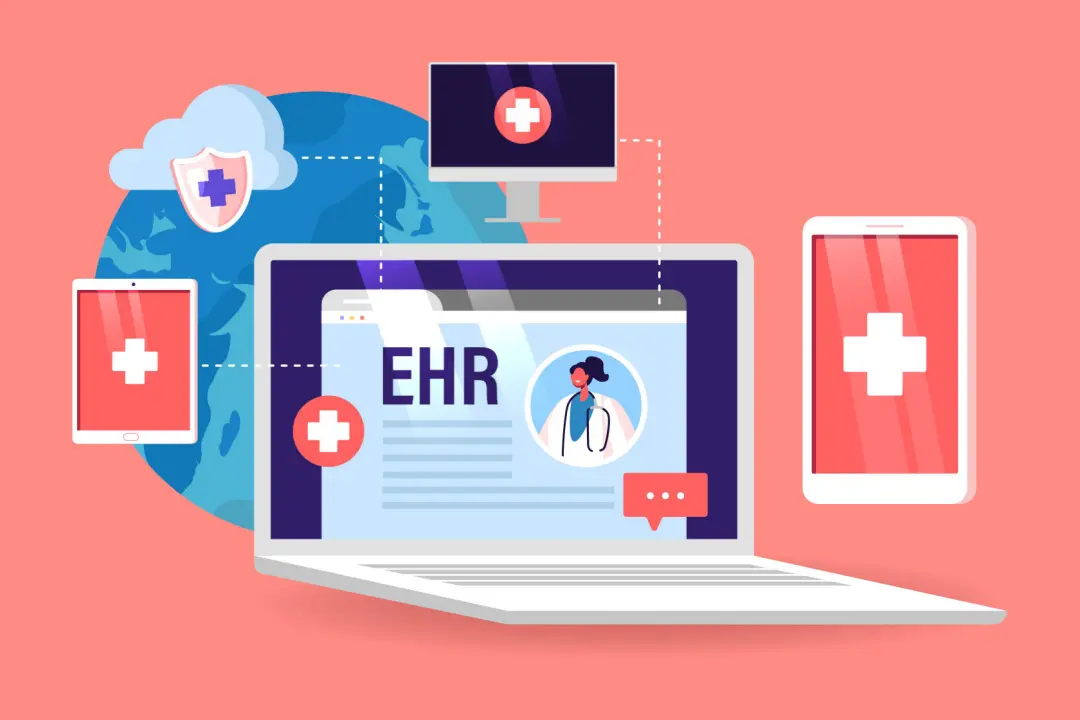
finding the right Electronic Medical Record (EMR) software for mental health practices is crucial. The right EMR can streamline operations, improve patient care, and enhance overall efficiency. However, with so many options available, selecting the best one can be overwhelming. This guide will help you navigate the process and identify the best mental health EMR software for your needs.
1. Understand Your Practice’s Needs
Before diving into specific EMR options, it’s essential to understand the unique needs of your practice. Mental health practices vary widely in terms of size, specialization, and workflow. Consider the following questions:
- What is the size of your practice? A solo practitioner will have different needs compared to a large multi-provider clinic.
- What type of services do you offer? Different specializations (e.g., psychiatry, therapy, counseling) may require different features.
- What is your workflow? Consider how patient intake, note-taking, billing, and reporting are currently handled.
Understanding these aspects will help you identify the features and functionalities you need in an EMR system.
2. Identify Key Features
Not all EMR systems are created equal, especially when it comes to mental health practices. Here are some key features to look for:
- Customizable Templates: Ensure the EMR offers templates tailored to mental health, including intake forms, progress notes, and treatment plans.
- Telehealth Integration: With the rise of telehealth, having an EMR that integrates seamlessly with video conferencing tools is vital.
- Scheduling and Appointment Management: Look for robust scheduling tools that allow for easy appointment booking, reminders, and calendar management.
- Billing and Insurance Claims: A good EMR should streamline the billing process, including insurance claims, payments, and patient statements.
- HIPAA Compliance: Ensure the EMR meets all necessary HIPAA regulations to protect patient privacy.
- E-prescribing: For practices that prescribe medications, e-prescribing functionality is essential.
- Patient Portal: A patient portal that allows clients to access their records, schedule appointments, and communicate with providers can enhance the patient experience.
- Reporting and Analytics: The ability to generate reports on patient outcomes, financials, and other metrics can help improve practice management.
3. Evaluate User-Friendliness
The best EMR software is intuitive and easy to use. A system that is overly complex or difficult to navigate can slow down your practice and lead to frustration. Look for a system with a clean, user-friendly interface. Consider how long it might take to train your staff on the new system and whether the vendor offers training resources.
4. Consider Integration Capabilities
Your EMR should integrate seamlessly with other systems you’re already using, such as billing software, telehealth platforms, and third-party applications. Integration reduces the need for duplicate data entry and ensures a smooth workflow. Check if the EMR offers APIs or has existing partnerships with other software providers.
5. Check for Scalability
As your practice grows, your EMR system should be able to grow with you. Whether you’re adding new providers, expanding services, or opening new locations, your EMR should accommodate your evolving needs. Opt for a scalable solution that can handle increased patient volume and additional functionalities as needed.
6. Review Pricing Structure
Pricing is an important factor when selecting an EMR. Costs can vary widely depending on the features and the size of your practice. Common pricing models include:
- Subscription-based pricing: A monthly or annual fee based on the number of users or providers.
- Pay-per-use: Costs based on the number of patients or records processed.
- Flat-rate pricing: A one-time fee for unlimited access.
Be sure to consider any additional costs for setup, training, support, and updates. Some EMR systems offer tiered pricing based on features, so you can choose a plan that fits your budget.
7. Request Demos and Trials
Before making a final decision, request a demo or free trial of the EMR software. This allows you to test the system’s functionality, ease of use, and how well it fits your practice’s needs. Involve your team in the testing process to get their feedback and ensure that the software meets everyone’s requirements.
8. Research Vendor Support and Reputation
Choosing an EMR vendor with a strong reputation and reliable customer support is crucial. Research reviews from other mental health professionals, check ratings on software review sites, and ask the vendor for references. Good customer support is essential for troubleshooting issues and getting the most out of your EMR system.
9. Consider Security and Compliance
Security is a top priority when handling sensitive patient information. Ensure the EMR software uses robust encryption methods, secure data storage, and regular updates to protect against breaches. Additionally, it should comply with all relevant regulations, including HIPAA, to ensure patient data privacy.
10. Plan for Implementation
Once you’ve chosen an EMR, plan the implementation process carefully. This includes data migration from your existing system, training for staff, and setting up workflows in the new system. A well-executed implementation plan will minimize disruptions to your practice and ensure a smooth transition.
Finding the best mental health EMR software requires careful consideration of your practice’s unique needs, the features and functionalities of the software, and the support and security provided by the vendor. By following the steps outlined in this guide, you can select an EMR system that enhances your practice’s efficiency, improves patient care, and supports your long-term growth.






